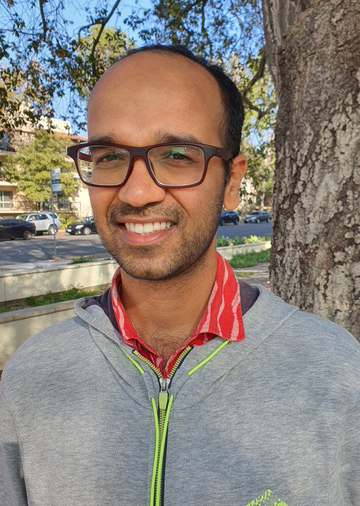Understanding how lithospheric rheology modulates earthquake cycle dynamics and to what extent can rheological parameters be constrained by geodetic observations
Rishav Mallick
California Institute of Technology

- Date & Time
- Location
- Online-only seminar via Microsoft Teams
- Summary
Viscoelastic processes in the upper mantle redistribute seismically generated stresses and modulate crustal deformation throughout the earthquake cycle. Geodetic observations of these motions at the surface of the crust-mantle system offer the possibility of constraining the rheology of the upper mantle. Parsimonious representations of viscoelastically modulated deformation through the aseismic phase of the earthquake cycle should simultaneously explain geodetic observations of (a) rapid postseismic deformation, (b) late in the earthquake cycle near-fault strain localization. To understand how rheological formulations affect kinematics, we solve a set of integral equations to simulate periodic earthquake cycles for a vertical strike-slip fault governed by rate-dependent friction in a homogeneous elastic crust underlain by a viscoelastic upper-mantle. We explore two popular viscoelastic rheological model classes in our simulations, linear Burgers and power-law rheologies; we show that these model classes are nearly kinematically indistinguishable with current geodetic observational techniques, though they may have different implications for stress transfer within the deforming medium. The degeneracy in predicted kinematics is broken when the system is perturbed by earthquake sequences i.e., aperiodic events with non-characteristic magnitudes. However, when the true rheology follows a power-law, estimating rheological parameters from earthquake sequence observations do not yield unique parameters. We discuss possible remedies and some issues related to non-steady state or transient rheologies. Distinguishing between linear, power-law and possibly transient rheologies and estimating associated parameters is a step towards building better regional seismic hazard models.
Closed captions are typically available a few days after the seminar. To turn them on, press the ‘CC’ button on the video player. For older seminars that don’t have closed captions, please email us, and we will do our best to accommodate your request.
 Jump to Navigation
Jump to Navigation